anyone tried Ruth Stout's school of heacy mulching in zone 9+?
toffee1
13 years ago
Related Stories

FRONT YARD IDEASBefore and After: Front Lawn to Prairie Garden
How they did it: Homeowners create a plan, stick to it and keep the neighbors (and wildlife) in mind
Full Story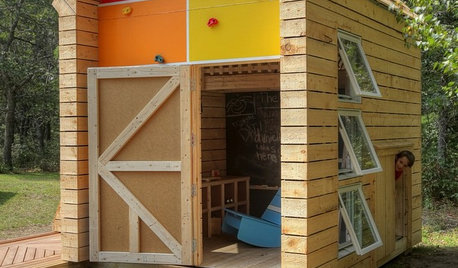
KIDS’ SPACESFun Meets Philanthropy in a Lively Playhouse
Kids rule this little play-based kingdom, but the money it raised helps children in the real world
Full Story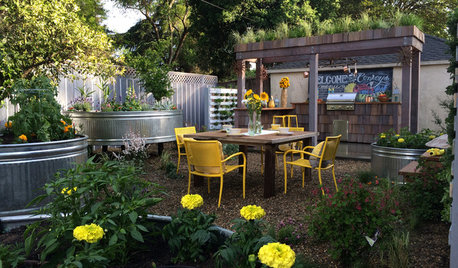
FARM YOUR YARDRemake Your Backyard Into a Mini Farm
You can get a taste of country life by line-drying your laundry, growing some produce or going whole hog with the critters
Full Story
WINTER GARDENINGPruning Secrets for Exquisite Roses
Encourage gorgeous blooms year after year with this time-tested advice on how to prune your rosebush in winter for health and shape
Full Story
LANDSCAPE DESIGN15 Great Ideas for a Lawn-Free Yard
End the turf war for good with hardscaping, native grasses and ground covers that save water and are easier to maintain
Full Story
GARDENING GUIDESHow to Switch to an Organic Landscape Plan
Ditch the chemicals for a naturally beautiful lawn and garden, using living fertilizers and other nontoxic treatments
Full Story
GREAT HOME PROJECTSHow to Replace Your Lawn With a Garden
New project for a new year: Lose the turfgrass for energy savings, wildlife friendliness and lower maintenance
Full Story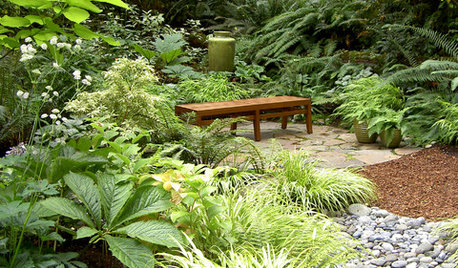
GARDENING GUIDESGreat Garden Combo: 6 Beautiful Plants for a Shady, Wet Site
Transform a shade garden with moisture-loving golden grasses, textural leaves and a sprinkling of flowers
Full Story
WORKING WITH PROSWhat Do Landscape Architects Do?
There are many misconceptions about what landscape architects do. Learn what they bring to a project
Full Story
MOST POPULAR10 Strategies for Keeping Surfaces Clutter-Free
The universe wants your coffee table to become a clutter magnet — but you can fight back
Full Story





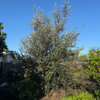
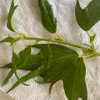
dicot
davissue_zone9
Related Professionals
Chattanooga Landscape Architects & Landscape Designers · Kapaa Landscape Architects & Landscape Designers · South Orange Landscape Architects & Landscape Designers · Washington Landscape Architects & Landscape Designers · Anderson Landscape Contractors · Bridgeview Landscape Contractors · Concord Landscape Contractors · Eagle Landscape Contractors · Framingham Landscape Contractors · Mason Landscape Contractors · Tinton Falls Landscape Contractors · Yuba City Landscape Contractors · Madison Window Contractors · Gibsonton Window Contractors · Winnetka Window Contractorssocalgal_gw Zone USDA 10b Sunset 24
Min3 South S.F. Bay CA
toffee1Original Author
Min3 South S.F. Bay CA
hosenemesis
toffee1Original Author
hoovb zone 9 sunset 23
sautesmom Sacramento
toffee1Original Author
hosenemesis
sautesmom Sacramento
toffee1Original Author
sautesmom Sacramento
toffee1Original Author
hosenemesis
plot_thickens
tanya47
RobertG.Charland
hoovb zone 9 sunset 23
onederw